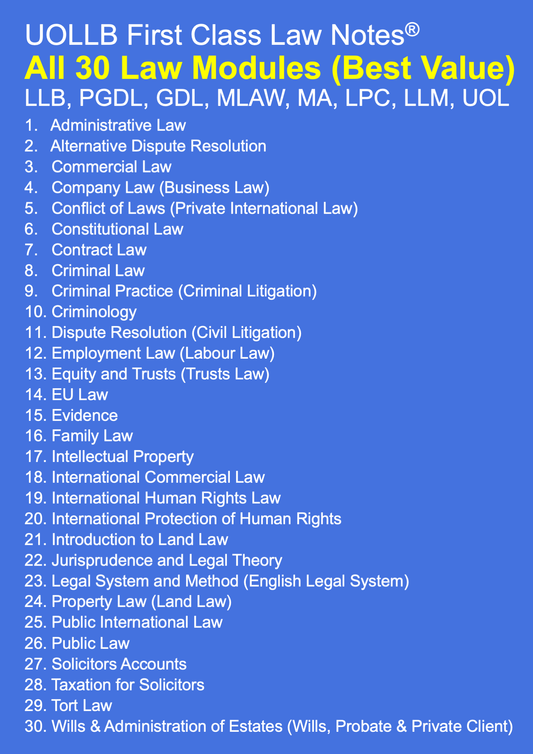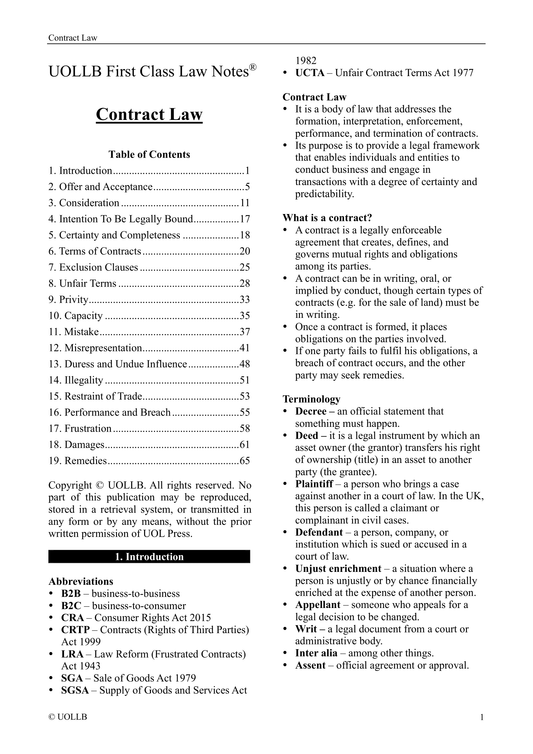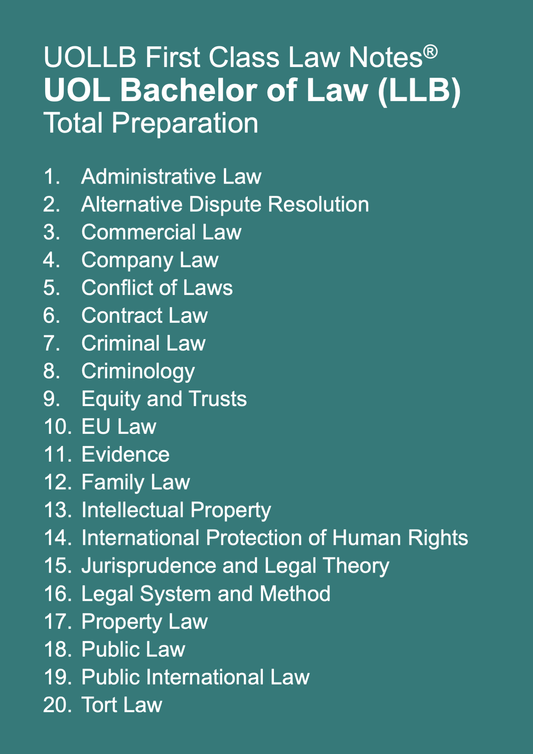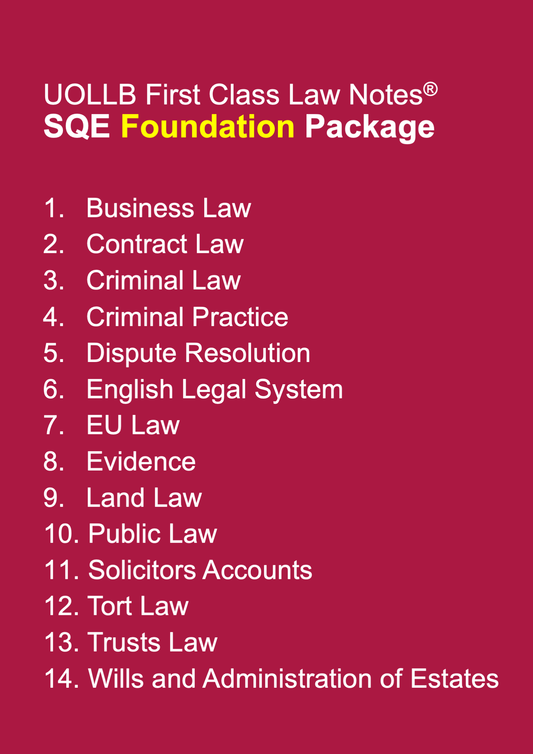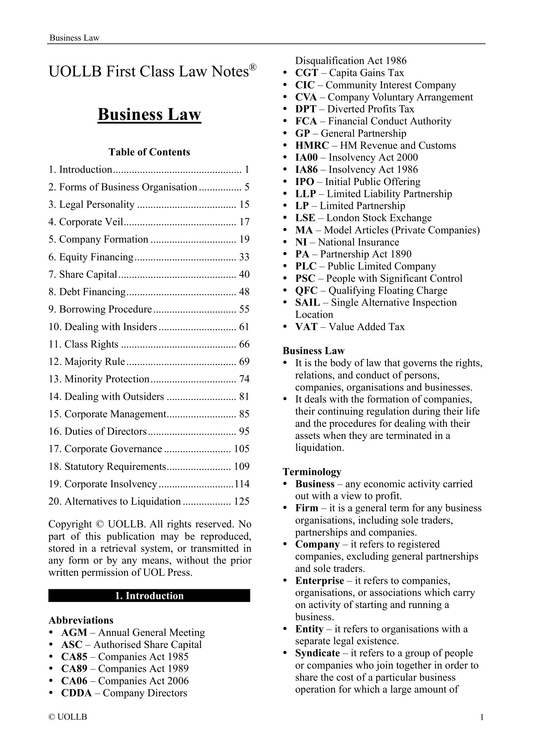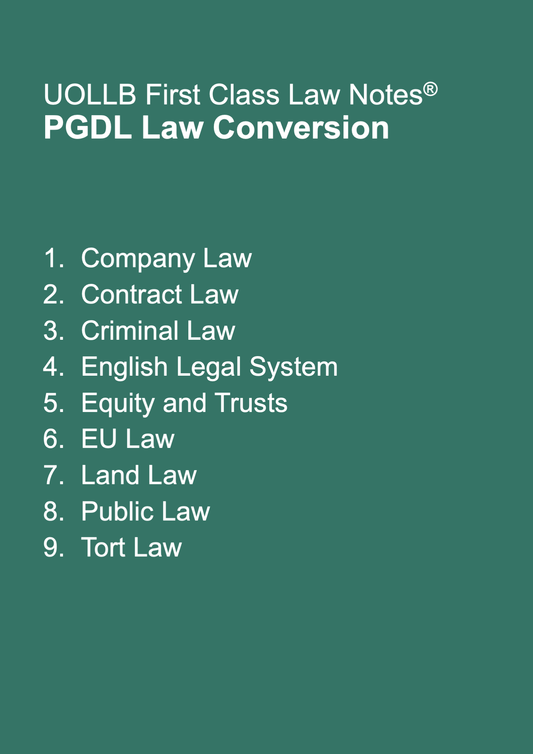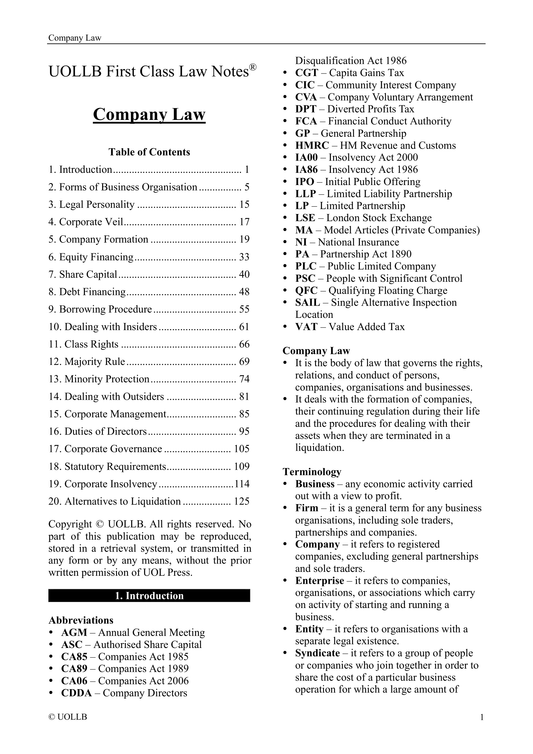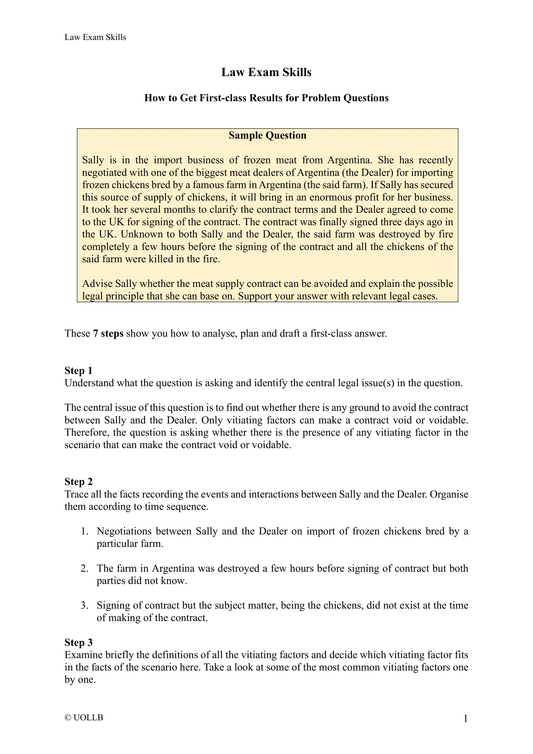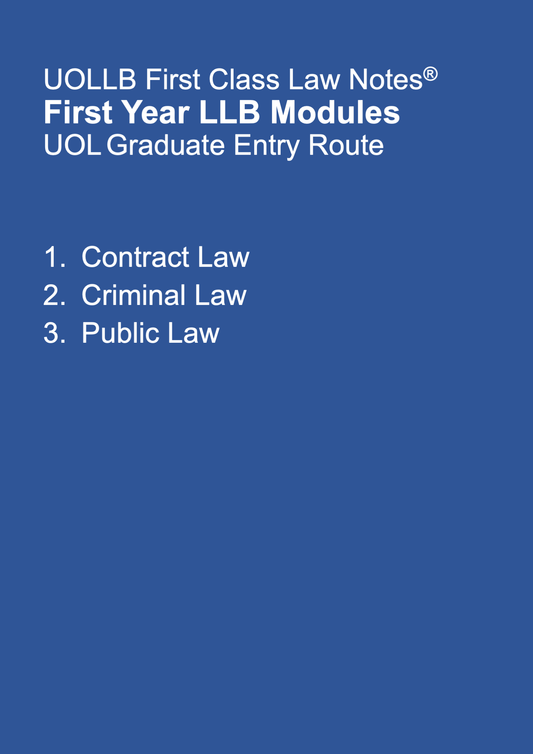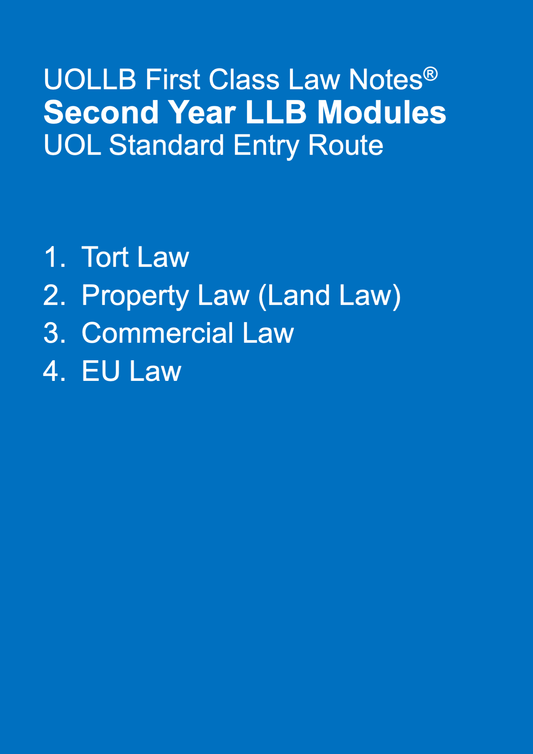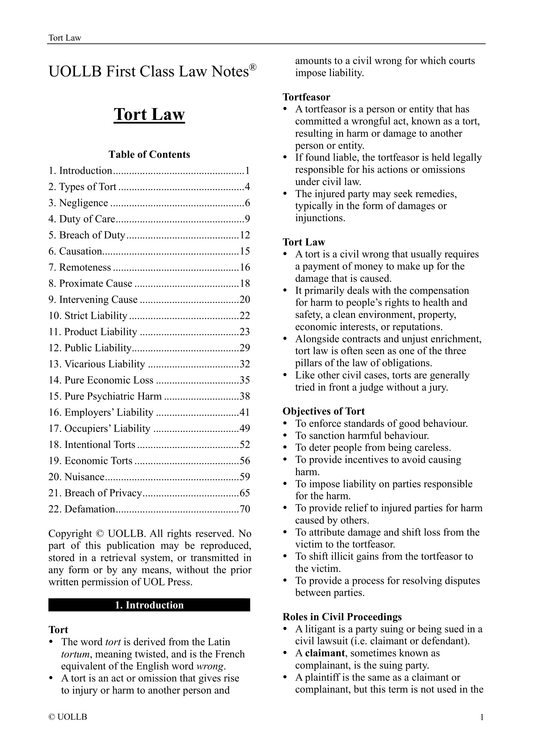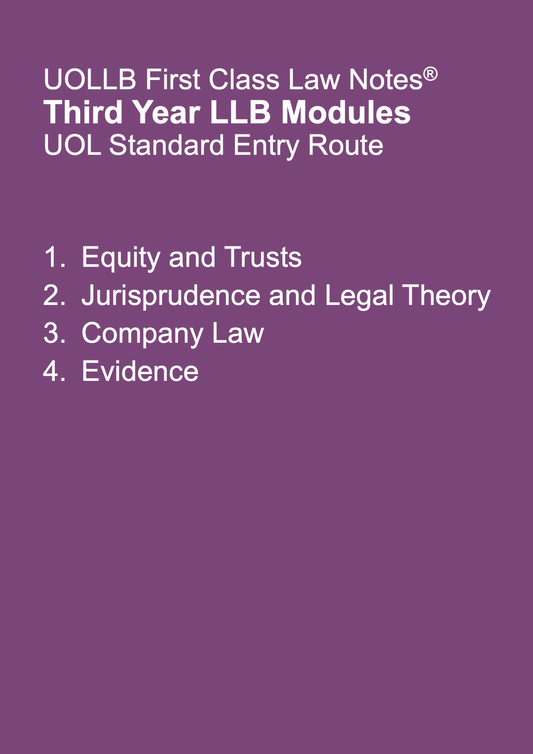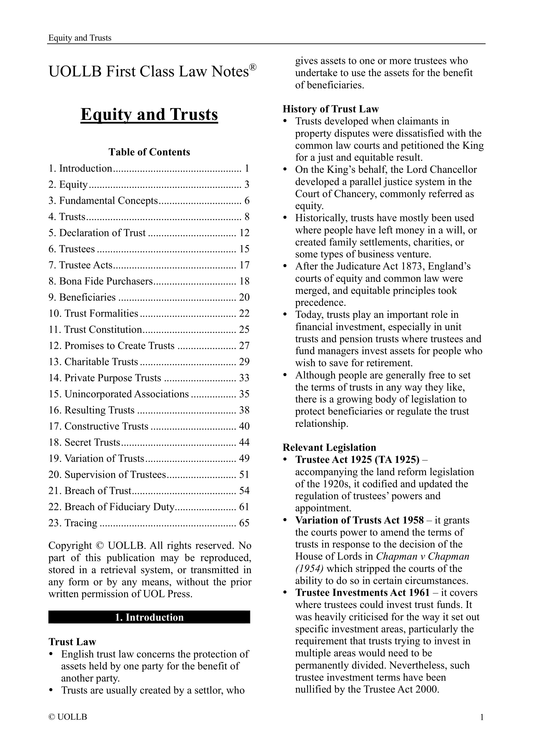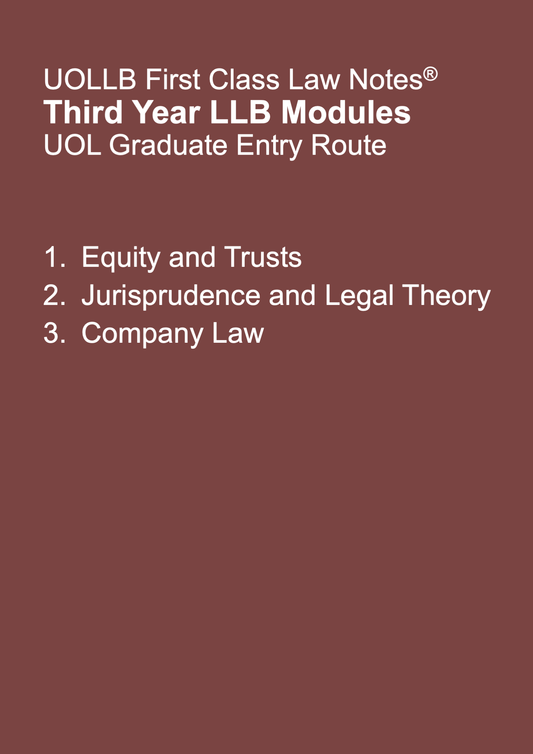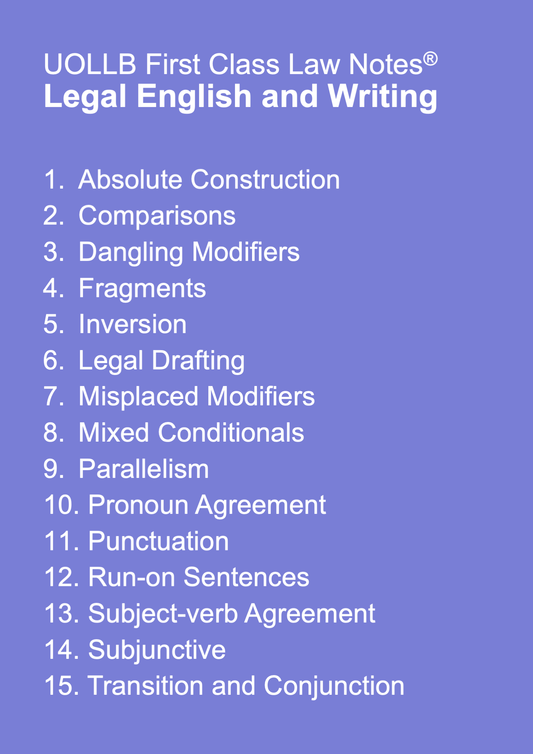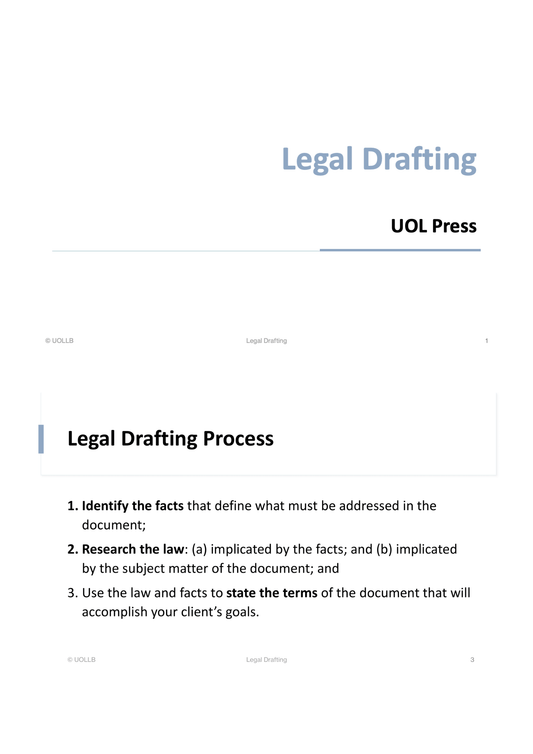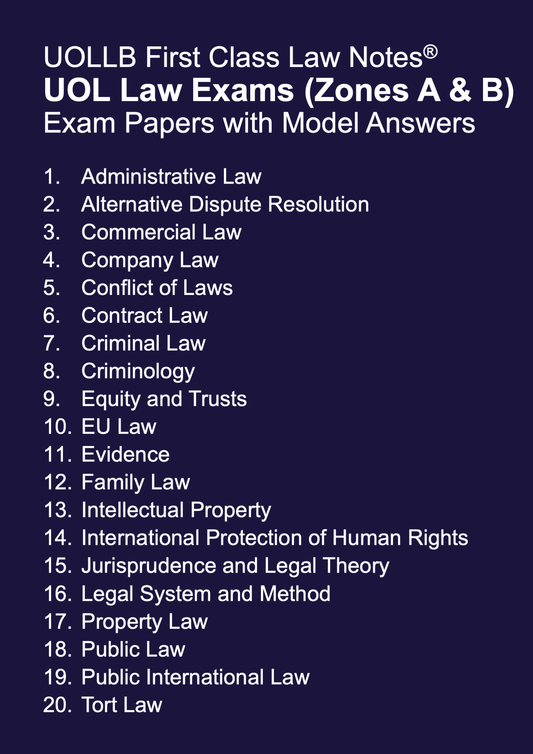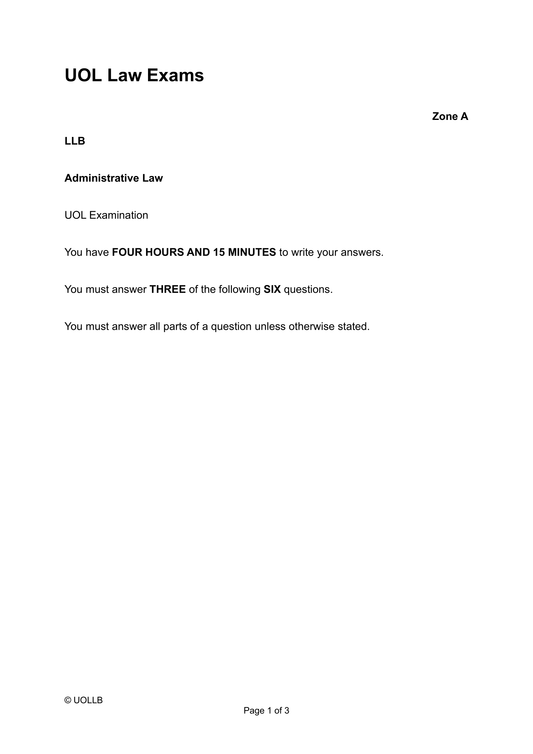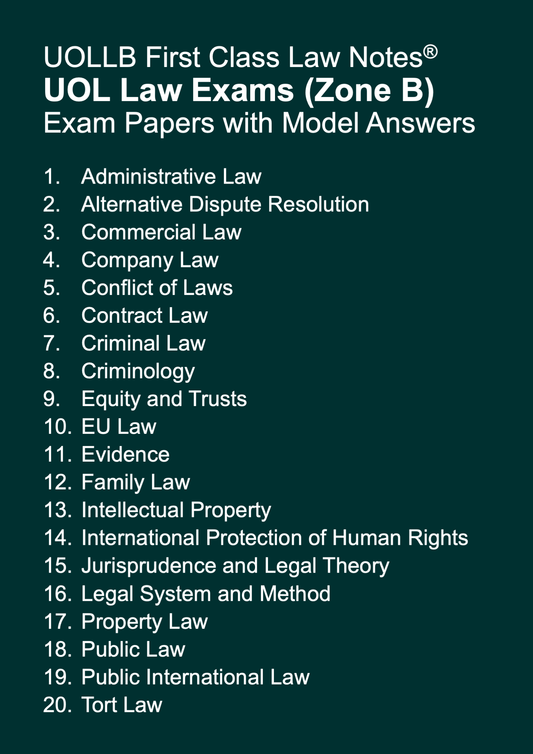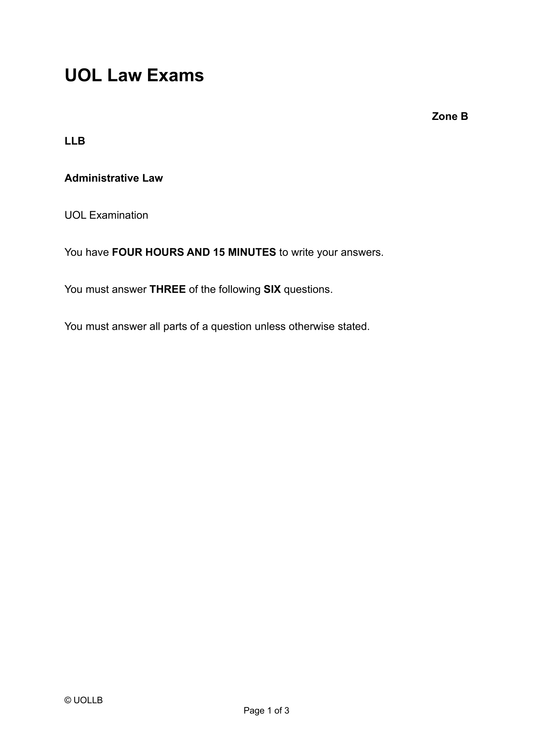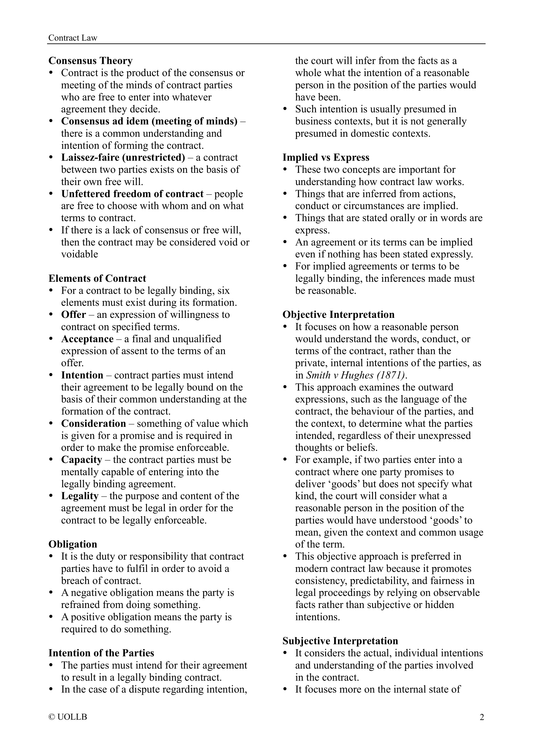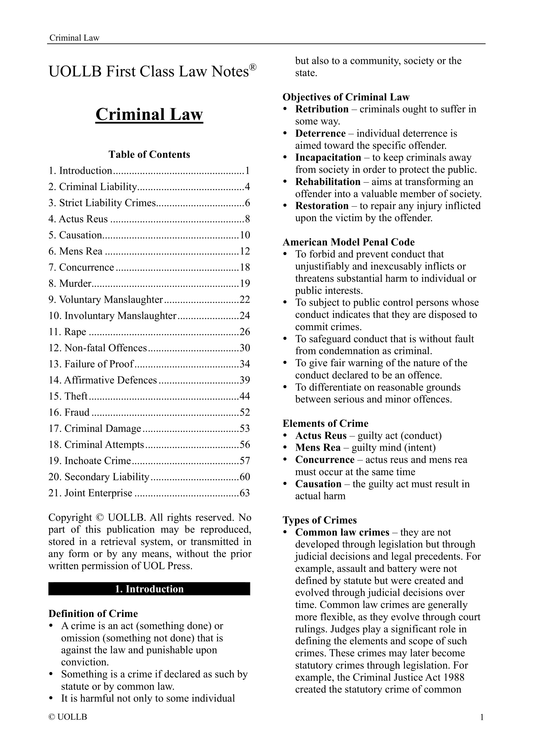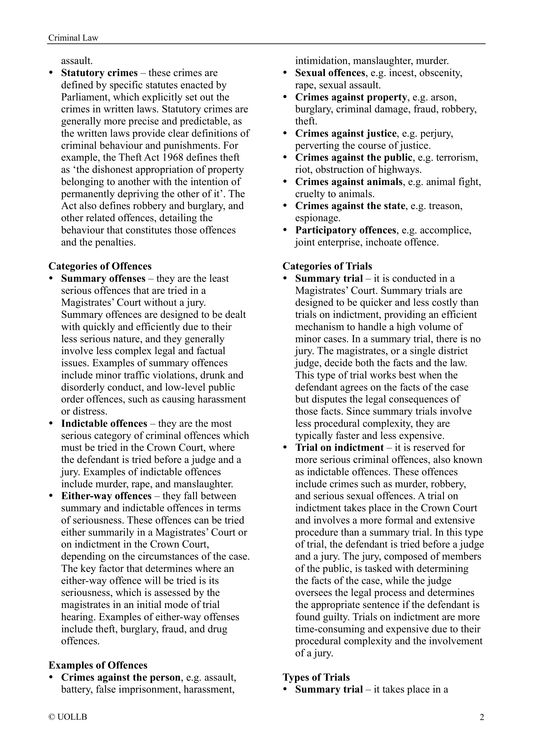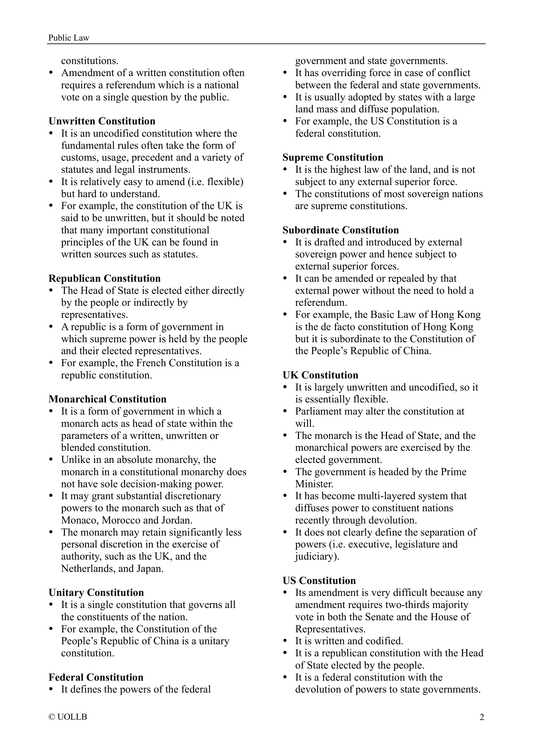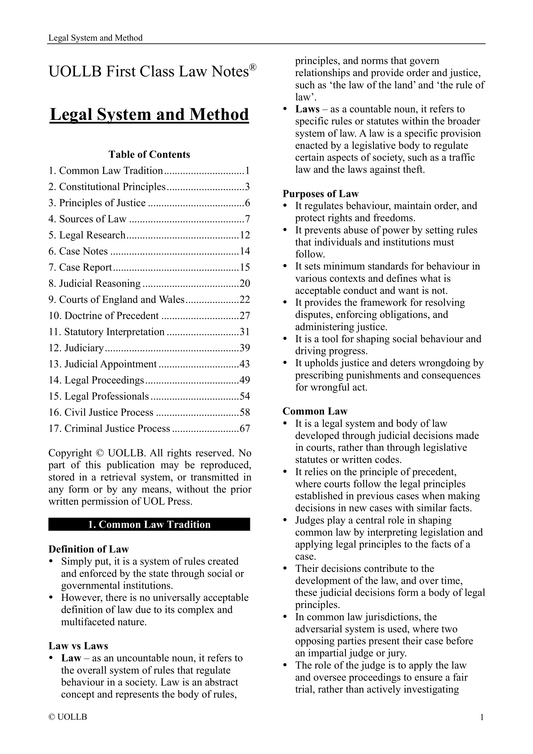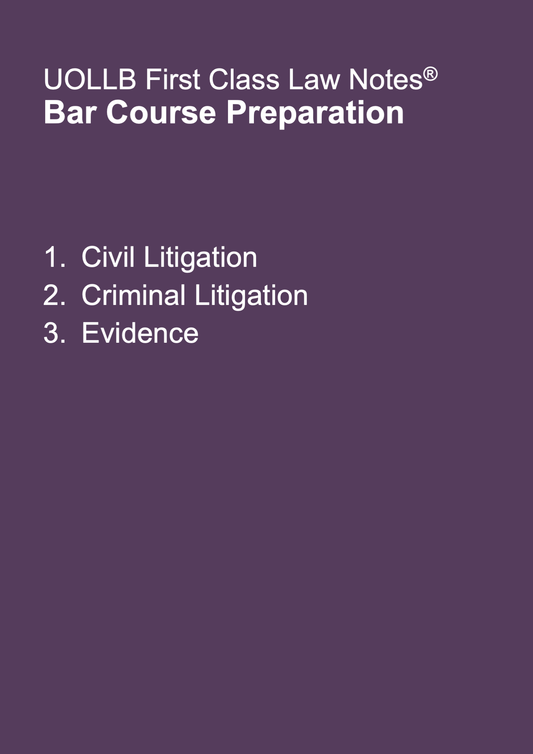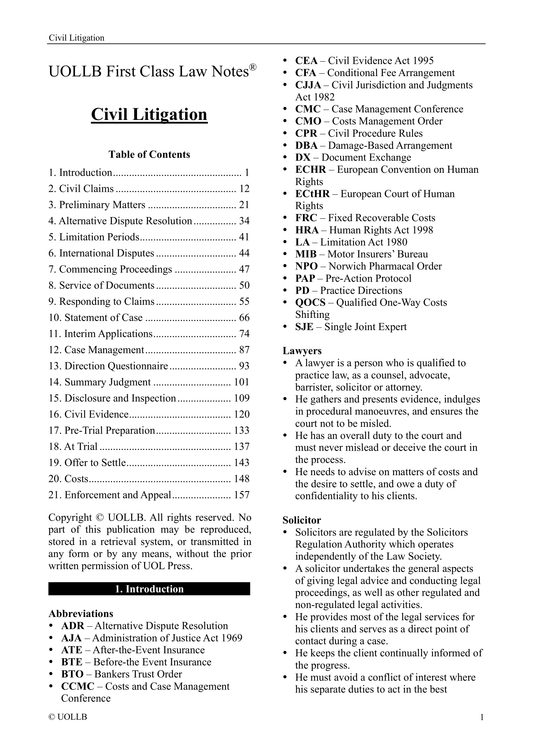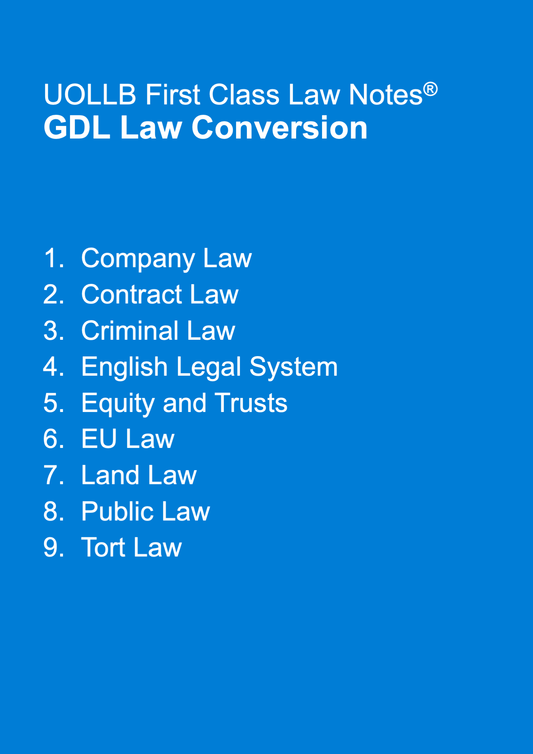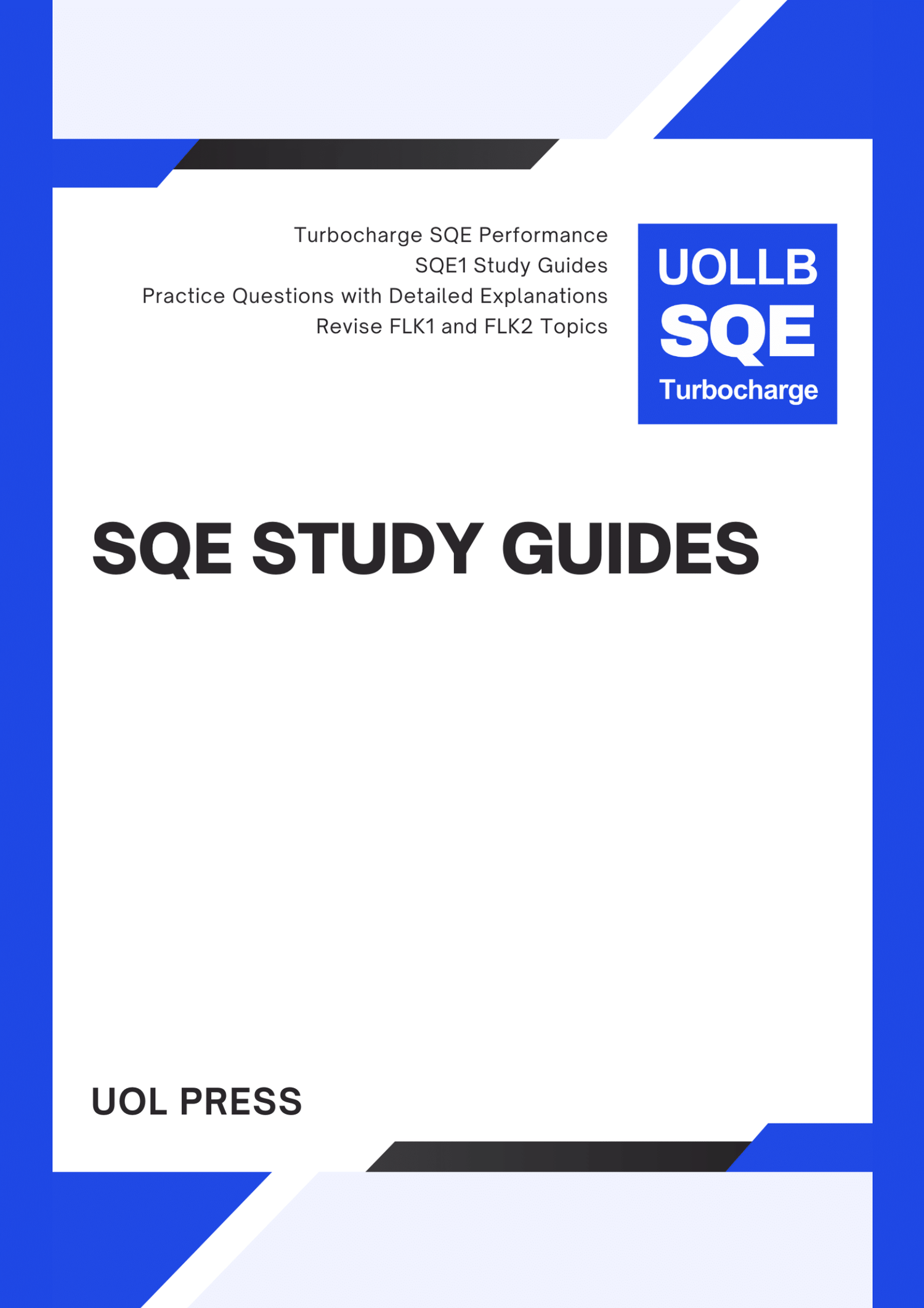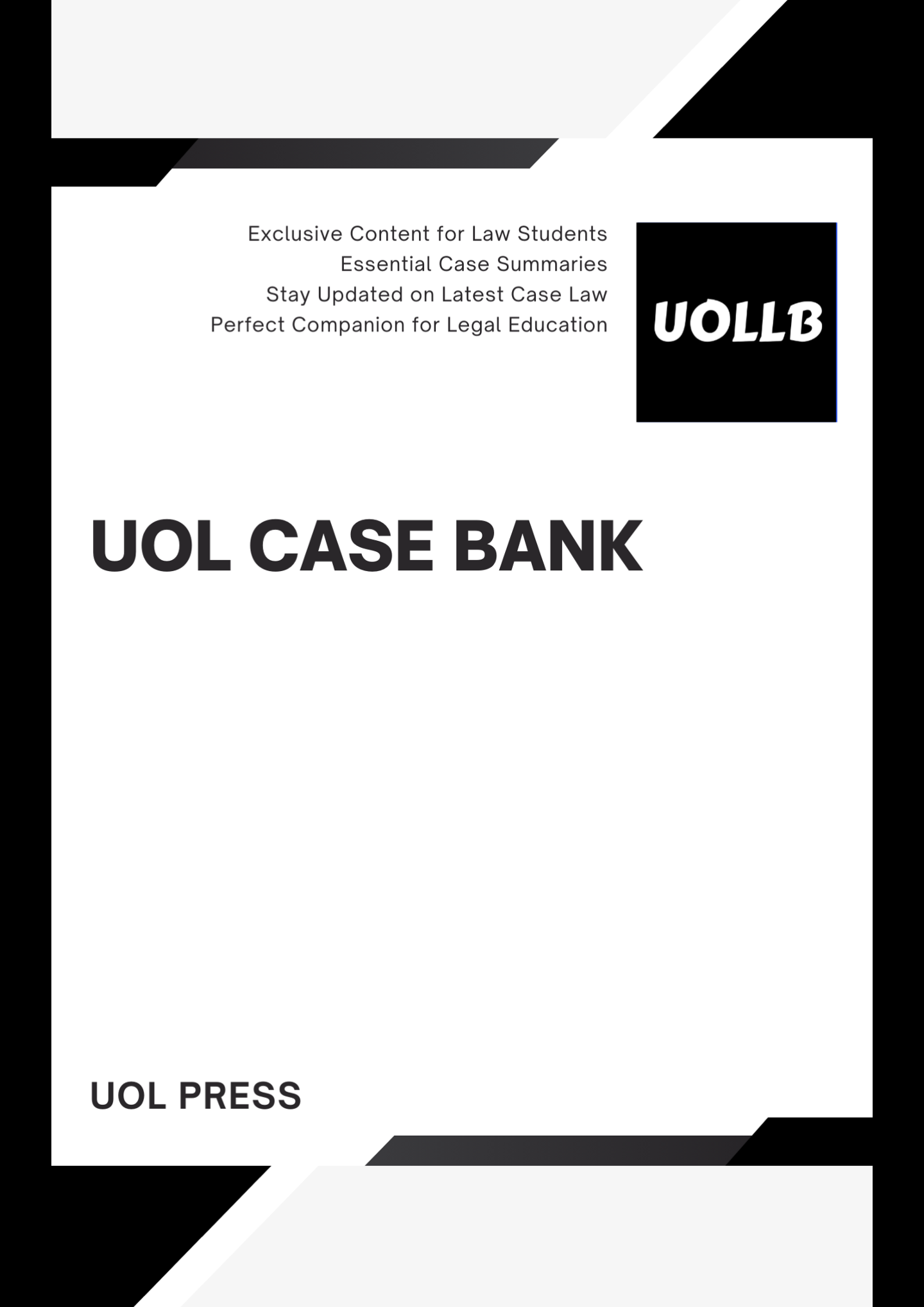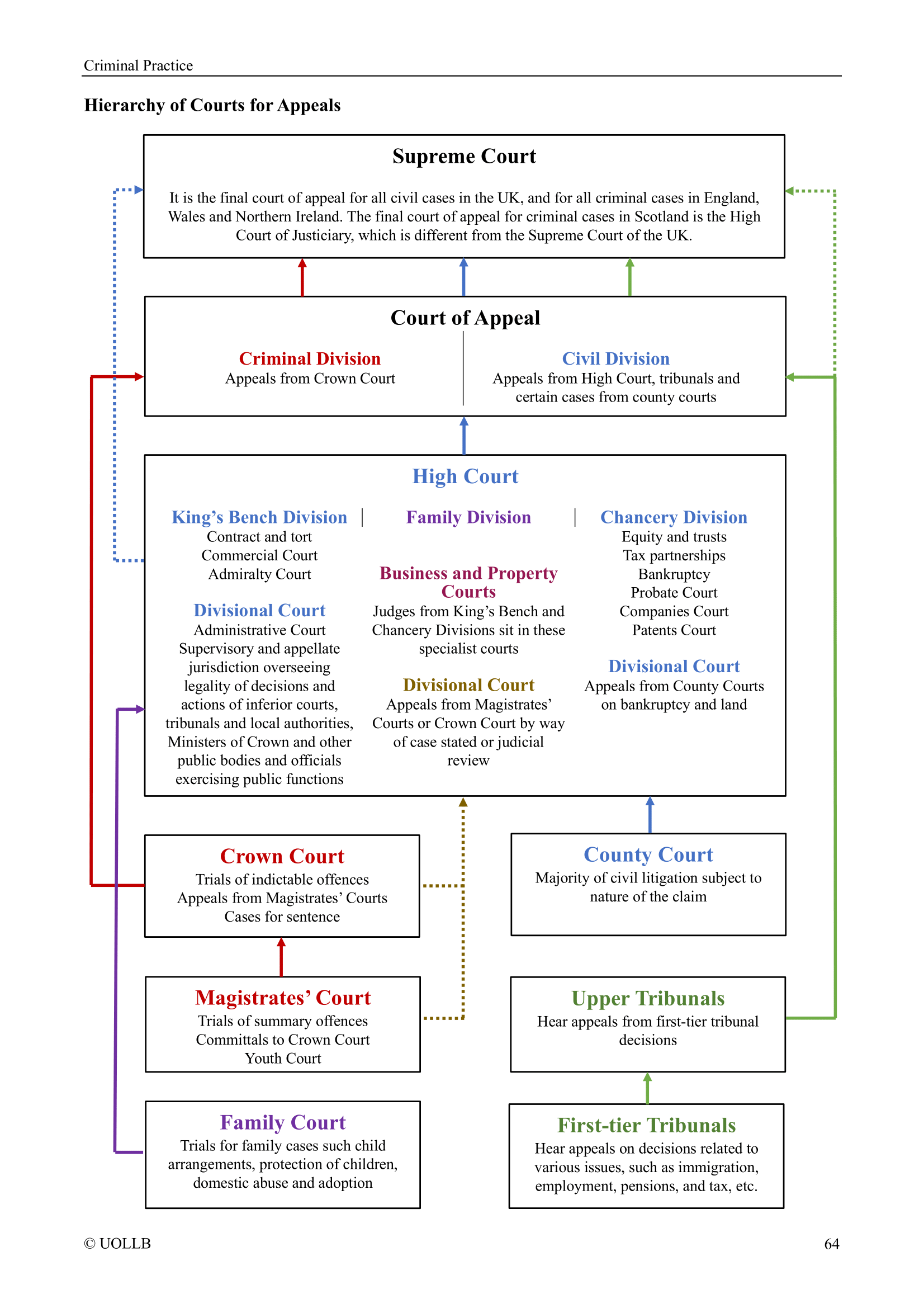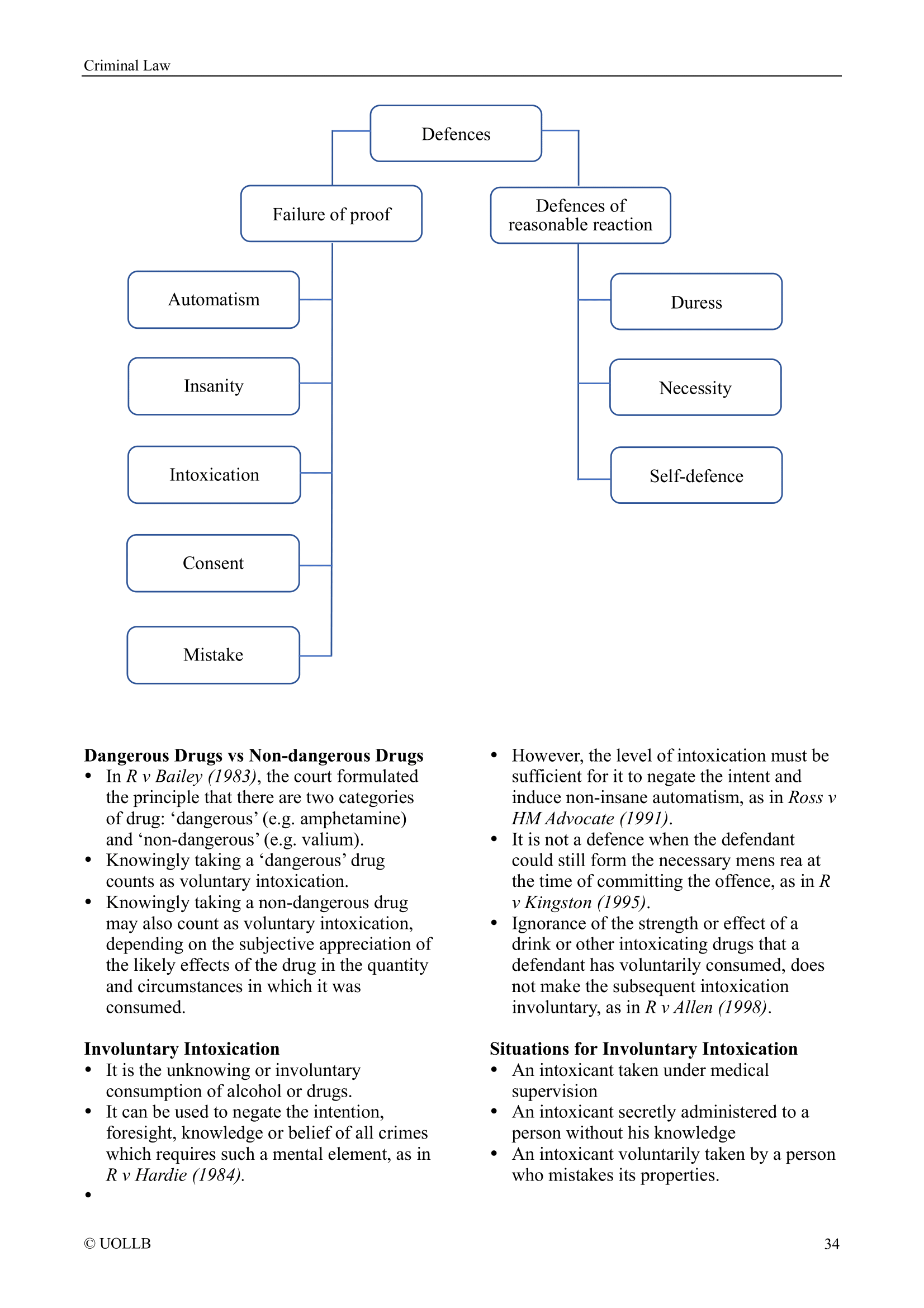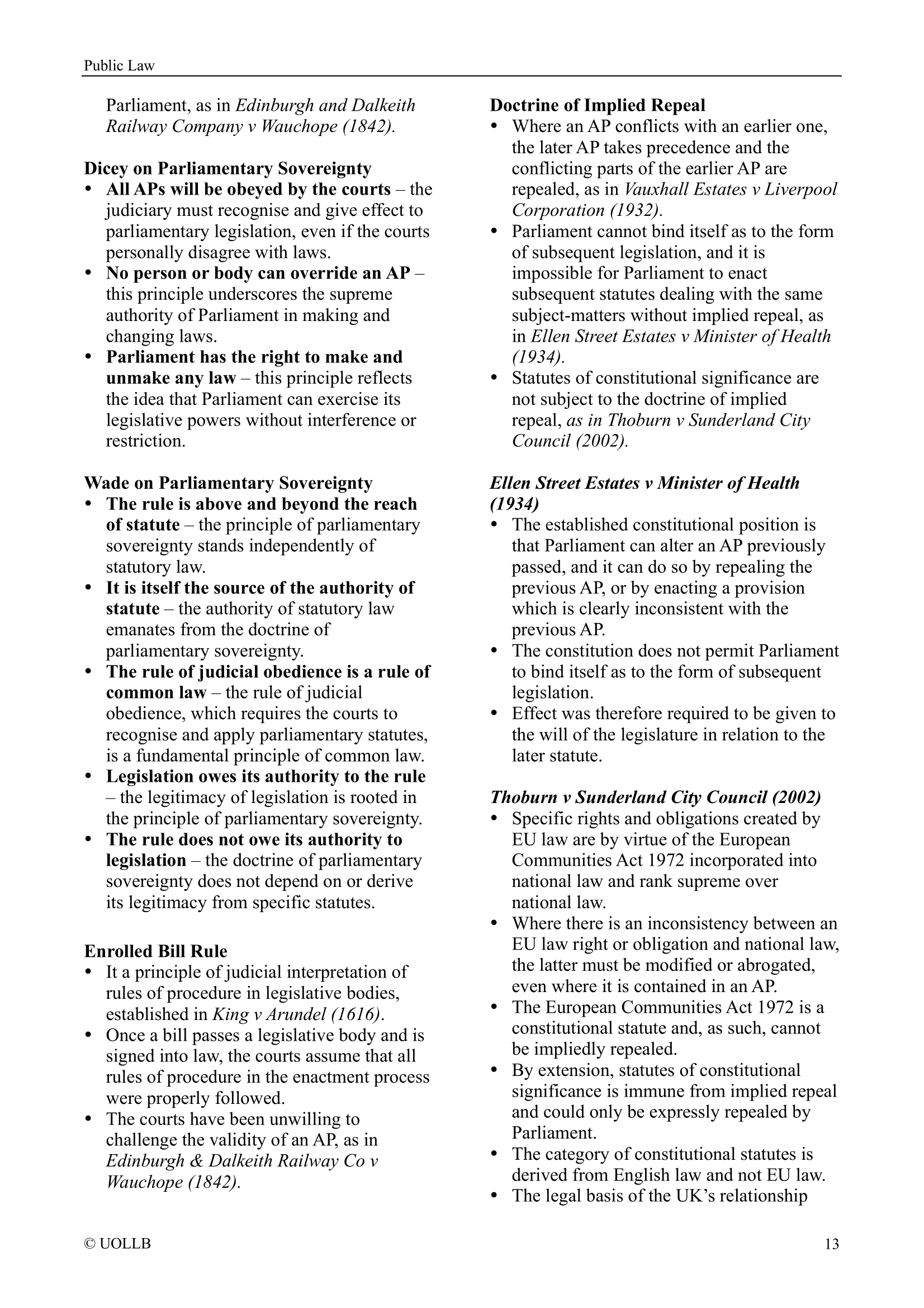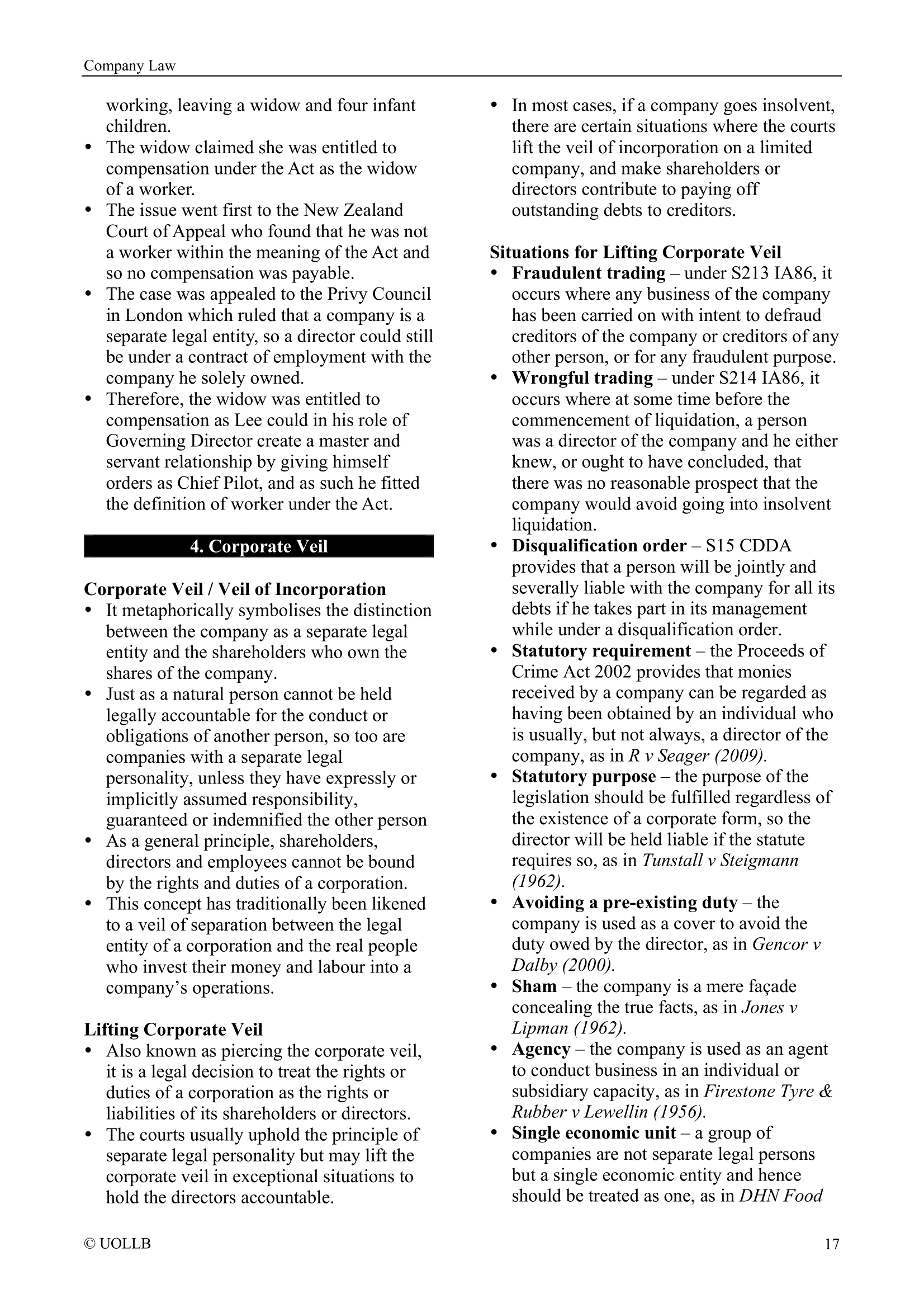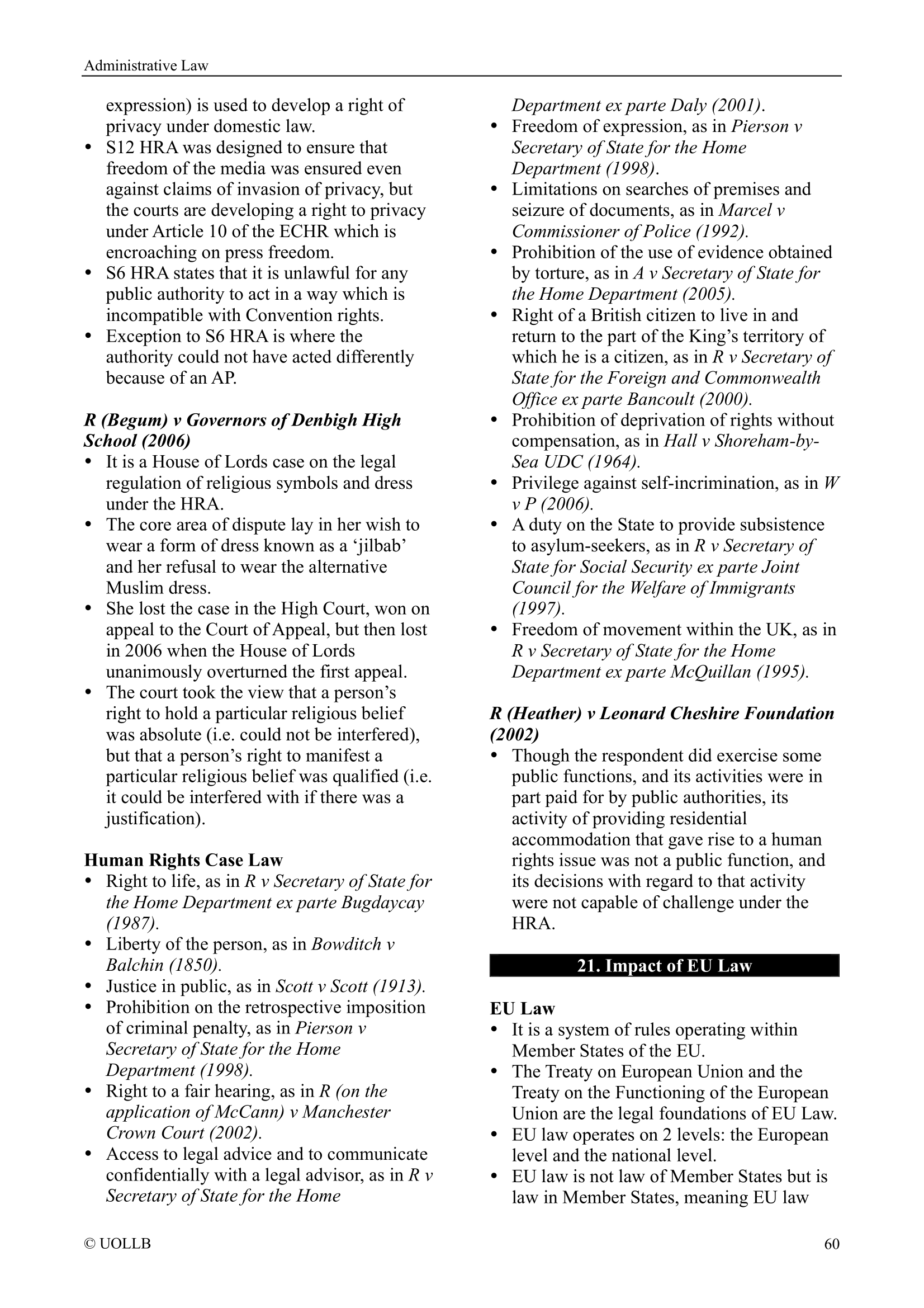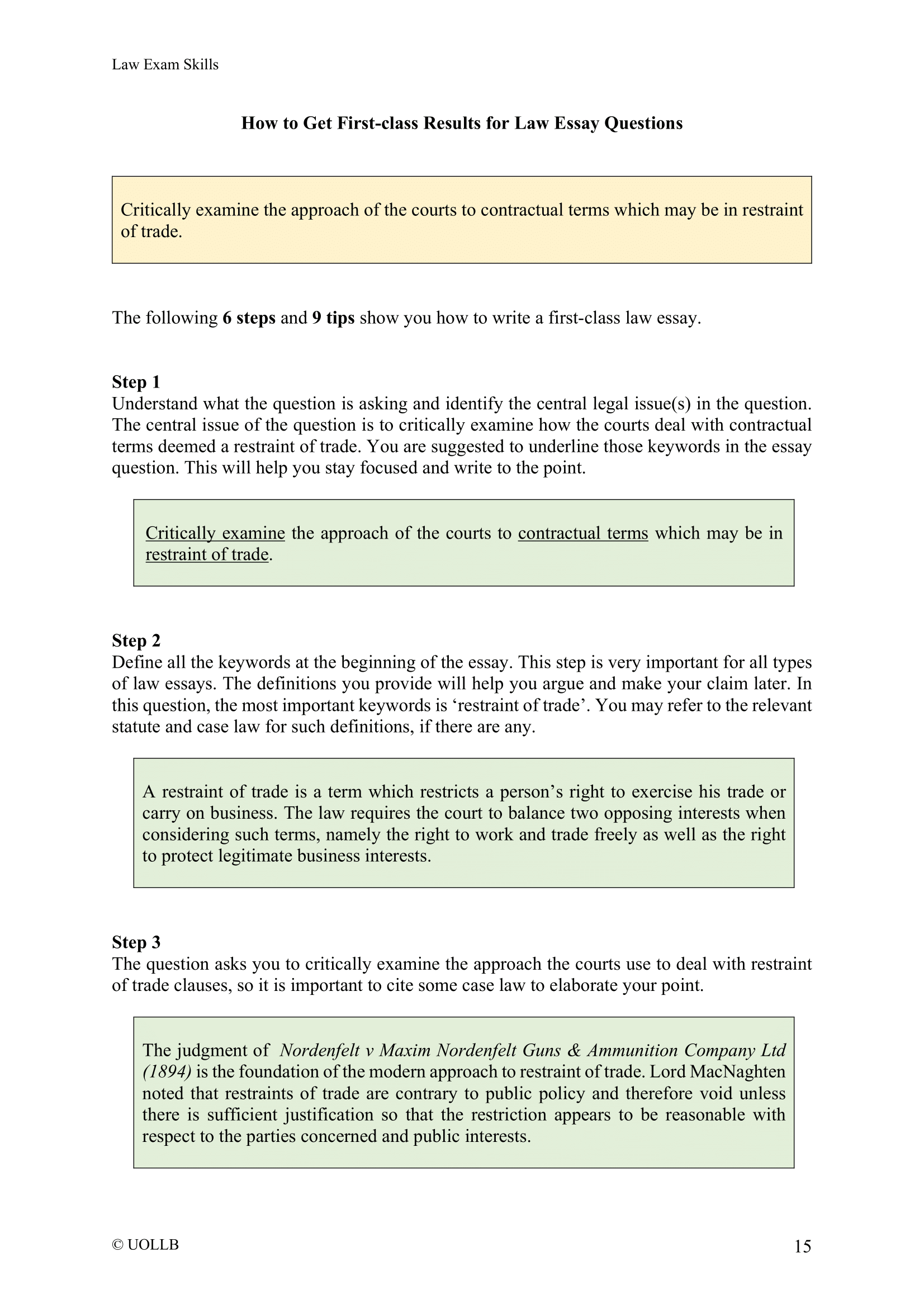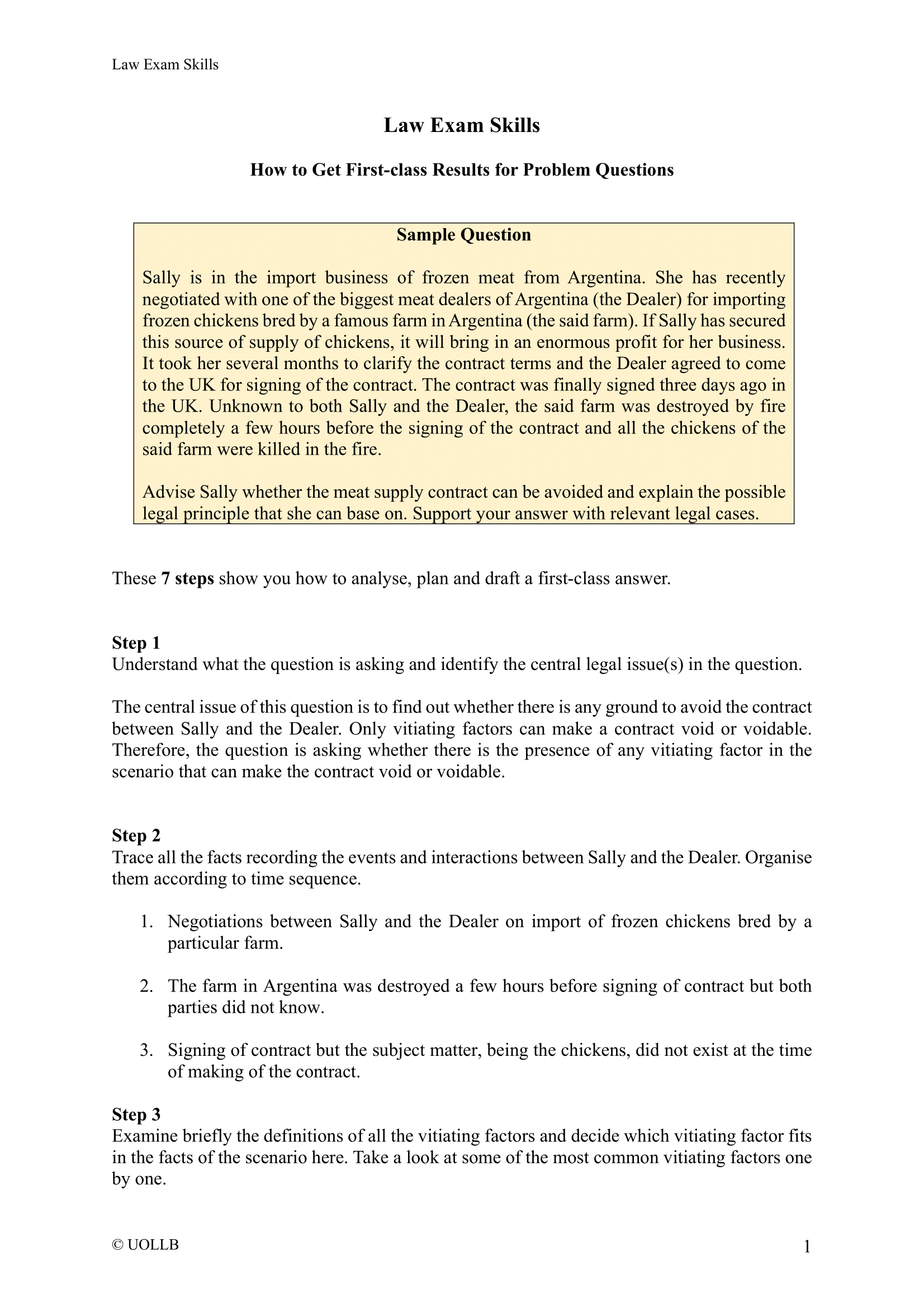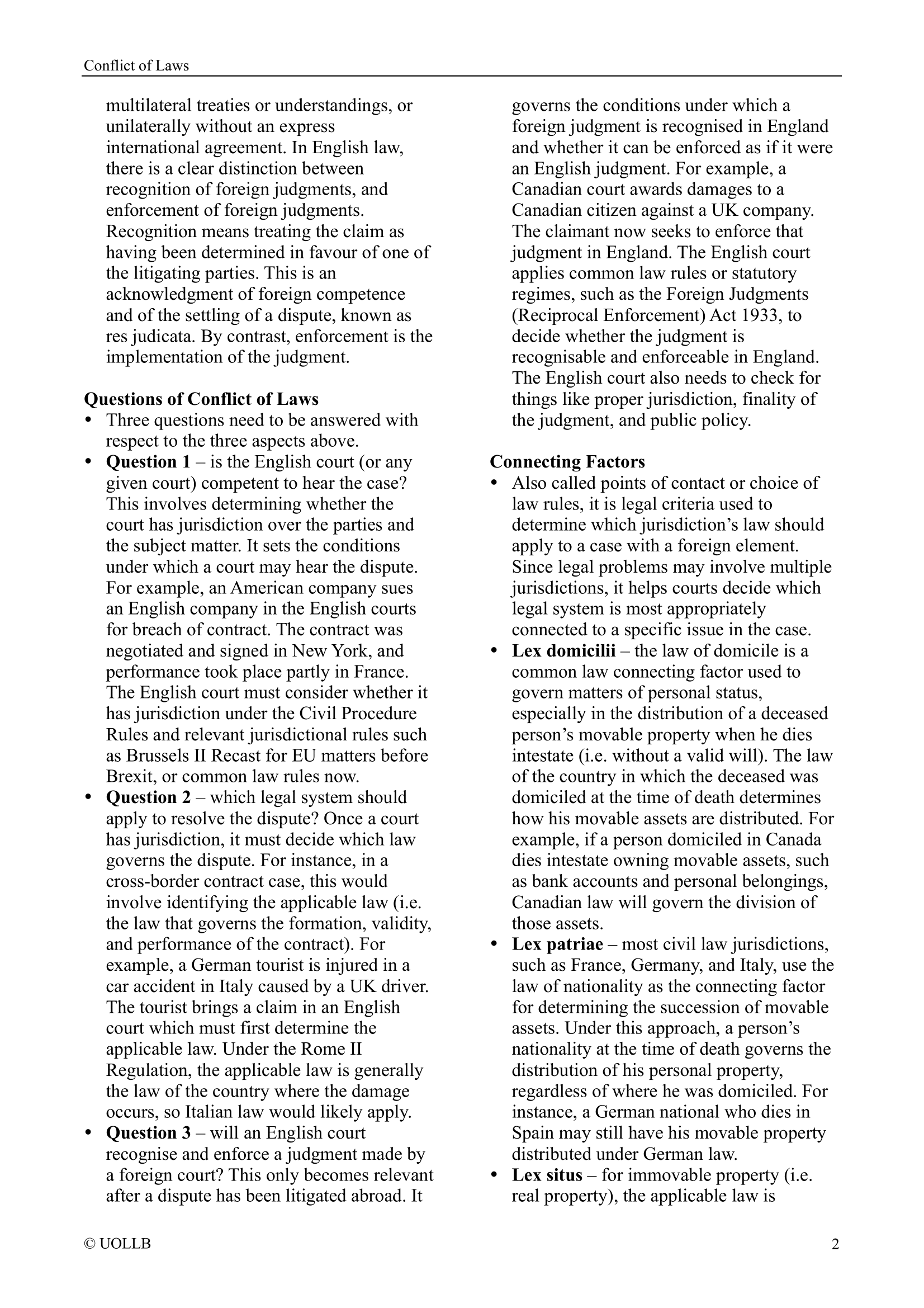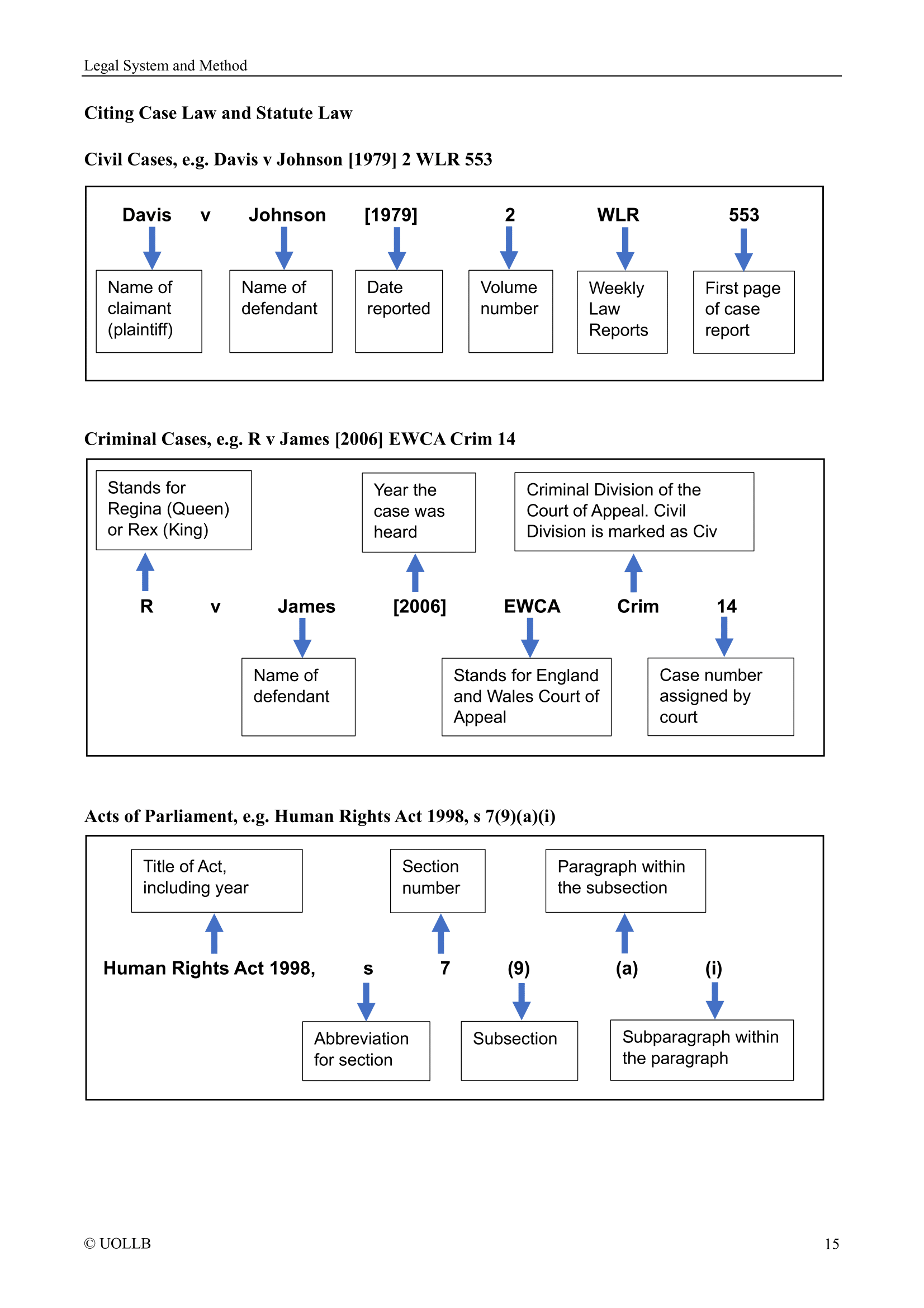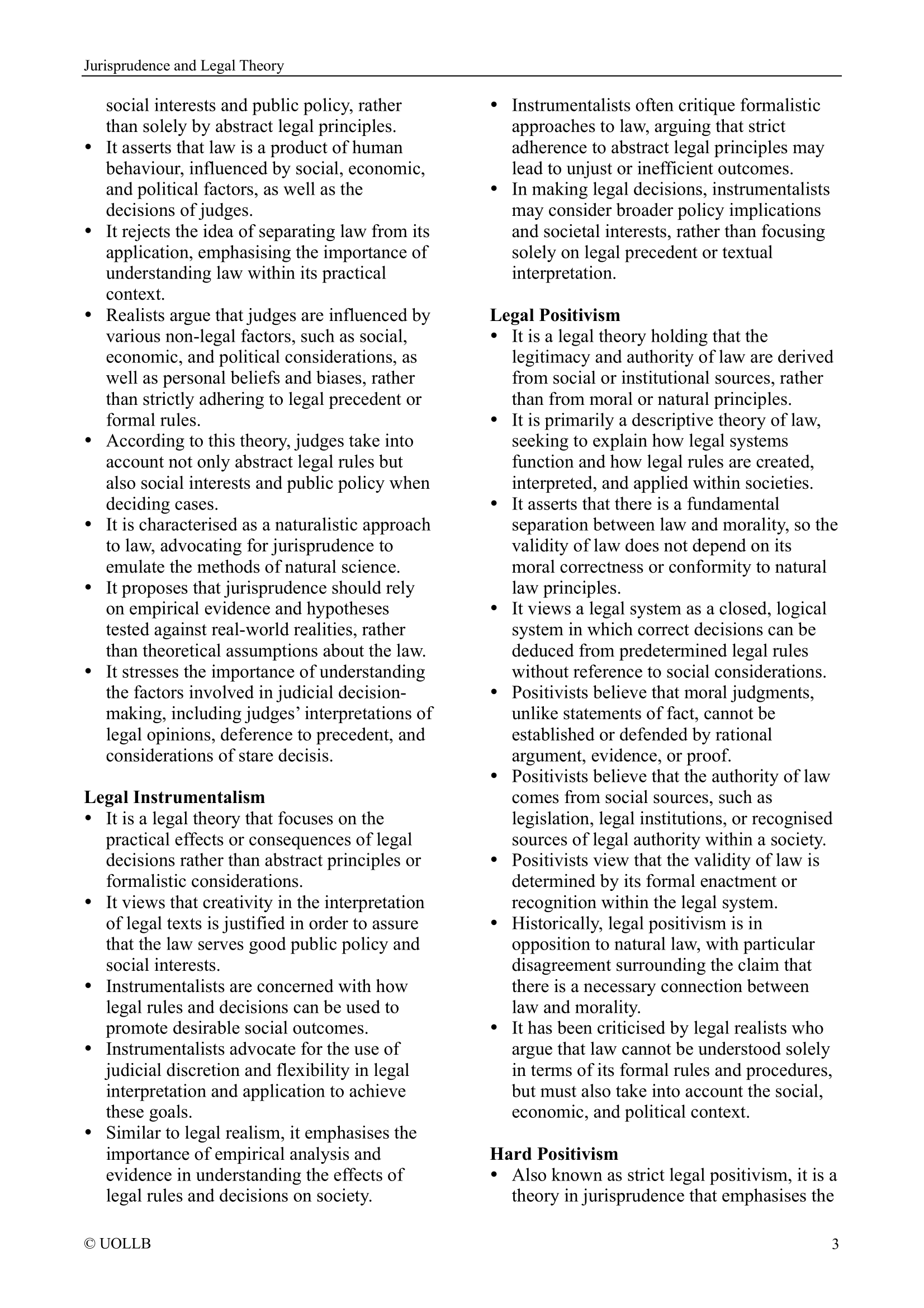R v Cunningham [1957]
Share
R v Cunningham [1957] 3 WLR 76 is an English criminal law case that established the Cunningham test of recklessness. This case provided clarification on the mens rea required for a particular offence, emphasising the need for a specific level of intent to accompany the commission of an unlawful act.
The defendant removed a gas meter to steal money, leading to the gradual leakage of gas that partially asphyxiated a neighbour. The defendant was charged with violating Section 23 of the Offences against the Person Act 1861 (maliciously administering poison so as to endanger life or inflict grievous bodily harm).
The Court of Appeal allowed the appeal, holding that for an individual to act "maliciously", there had to be proof that he intended to cause the harm in question or was reckless as to whether such harm would occur. The court clarified that recklessness, in this context, involved the defendant being aware of the risk that his actions might cause the prohibited consequence. It emphasised that recklessness was a subjective state of mind.
The key legal principle established by Cunningham is that the term "maliciously" requires either an intention to cause harm or recklessness regarding the risk of causing harm. Recklessness involves the defendant's awareness of the potential risks associated with his actions which would cause a particular result.
In other words, the mens rea for the offence under Section 23 involves a subjective assessment of the defendant's state of mind. To act maliciously, the defendant must either have the specific intent to cause specific harm or be aware of the risk that his actions might result in specific harm.
The case set a precedent for cases where an enhanced mens rea is required for a specific class of offence. It highlighted the necessity of considering the foreseeability or awareness of consequences and clarified the relationship between mens rea and the commission of unlawful acts. R v Faulkner [1877] was referenced to underscore the importance of distinguishing between mens rea for different crimes, such as larceny and arson. The decision in Cunningham contributed to the establishment of Cunningham recklessness, an important test for specific intent in various criminal contexts.
The defendant removed a gas meter to steal money, leading to the gradual leakage of gas that partially asphyxiated a neighbour. The defendant was charged with violating Section 23 of the Offences against the Person Act 1861 (maliciously administering poison so as to endanger life or inflict grievous bodily harm).
The Court of Appeal allowed the appeal, holding that for an individual to act "maliciously", there had to be proof that he intended to cause the harm in question or was reckless as to whether such harm would occur. The court clarified that recklessness, in this context, involved the defendant being aware of the risk that his actions might cause the prohibited consequence. It emphasised that recklessness was a subjective state of mind.
The key legal principle established by Cunningham is that the term "maliciously" requires either an intention to cause harm or recklessness regarding the risk of causing harm. Recklessness involves the defendant's awareness of the potential risks associated with his actions which would cause a particular result.
In other words, the mens rea for the offence under Section 23 involves a subjective assessment of the defendant's state of mind. To act maliciously, the defendant must either have the specific intent to cause specific harm or be aware of the risk that his actions might result in specific harm.
The case set a precedent for cases where an enhanced mens rea is required for a specific class of offence. It highlighted the necessity of considering the foreseeability or awareness of consequences and clarified the relationship between mens rea and the commission of unlawful acts. R v Faulkner [1877] was referenced to underscore the importance of distinguishing between mens rea for different crimes, such as larceny and arson. The decision in Cunningham contributed to the establishment of Cunningham recklessness, an important test for specific intent in various criminal contexts.
